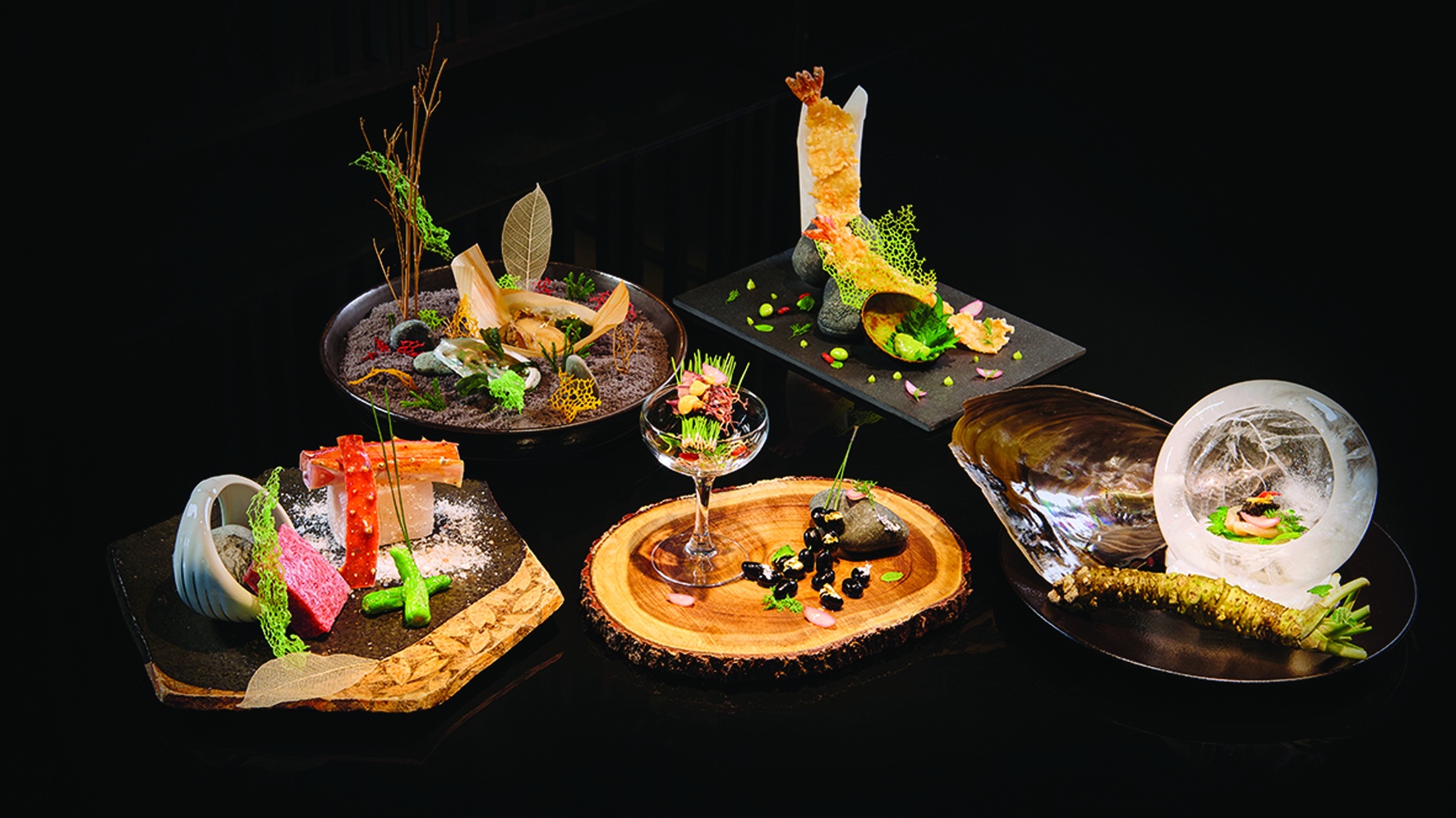
Roughly translating as “I’ll leave it up to you”, Omakase is a distinctly Japanese style of food preparation, one where a skilled chef is entrusted to create a bespoke culinary experience for would-be diners. The only restriction is that it has to be attuned to their particular preferences and use solely the finest available ingredients.
It’s a style of dining that has become increasingly popular over recent years. This has seen it both move beyond Japan and find favour in restaurants serving a somewhat different fare to the sushi solely on offer in first-generation Omakase establishments.

Despite this broadening of the initial concept, the appeal of Omakase is still most clearly apparent in those sushi and sashimi restaurants where a bond of trust characterises the key customer-chef relationship. Put simply, the customer must have faith in the chef’s ability to create a unique and delicious meal, while the chef, in turn, must believe the diners in question are sufficiently discerning to appreciate his culinary artistry. This is why, for the optimum Omakase experience there should be no more than six-to-eight diners, all of them close enough to the chef to freely interact as he goes about his work.
Given that sashimi and sushi are the two most popular Japanese dishes, any chef skilled enough to prepare them Omakase style will seldom find himself surplus to requirements. Such individuals, after all, will have to have a keen mastery of an array of knife skills, as well as a deep understanding of how to truly present premium ingredients at their very best.

The comparative rarity of such culinary craftsmen, however, appears to have been no obstacle to Omakase’s conquest of Hong Kong, with the city now home to a growing number of such establishments. Typically specialising in the cuisine of one particular part of Japan, whether Tokyo, Kyoto or Osaka, the chefs at all these restaurants are undoubtedly highly skilled and widely experienced when it comes to faithfully recreating their home country’s most-desired dishes.

Given the number of such establishments now competing for your custom, it’s well worth taking a little time to choose the one most likely to meet your needs. As a first step, try and assess the reputation of every prospective restaurant by reading the related reviews. It is also important to determine the likely per-diner cost of each establishment, particularly as dining in Omakase style in Hong Kong can prove prohibitively expensive.
Another factor to consider when choosing just where to dine is the specific type of cuisine on offer. While many restaurants focus solely on traditional Japanese cuisine, others have more of modern fusion menus or may have chosen to cater more to local tastes.

Finally, it is important to consider the ambience of each particular restaurant. Many Omakase restaurants are intimate and offer a distinctly personal dining experience, something that may not appeal to everyone.
Once you have chosen, booked and arrived at your favoured Omakase restaurant, it is then important to clearly communicate your preferences to the chef. Let him know what type of food you enjoy, as well as any dietary restrictions he should be aware of. Without this level of transparency on your part, it is unlikely your needs and expectations will be entirely met.

Bearing all of these factors in mind, you are more than equipped to fully immerse yourself in the finest Omakase experience Hong Kong has on offer. All you have to do now is choose just which one…
Read the full version of the article in the March 2023 issue (pg: 116) to discover the best Omakase establishments in Hong Kong. Available on the Gafencu app on Android and Apple.



